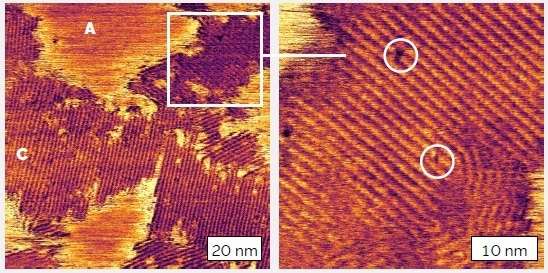Photovoltaic cells, commonly referred to as solar cells, have such a name because of the chemical process of transforming light into electricity. The application of photovoltaic (PV) materials has promise as a potential solution to global energy requirements.
Currently, silicon or another inorganic semiconductor is used in commercial solar cells as the photoabsorber material.
These materials have demonstrated power conversion efficiencies of ~18-22% for commercial cells and up to ~47% for research cells.1 Yet, inorganic solar cells present many challenges, such as being difficult to manufacture, being relatively fragile and brittle in nature, and the associated high costs.
Resultingly, the search is on to find alternative PV materials to achieve the goal of low-cost, lightweight, flexible solar cells. Organic photovoltaics (OPVs), which utilize polymers or small organic molecules for light absorption and charge transfer,2 are among the prime candidates.
OPV polymers can be manufactured using widely available, comparatively eco-friendly raw materials and can be produced in mass using simple techniques, including solution processing and vapor deposition. Additionally, it is possible to fine-tune or tailor their band gaps via molecular engineering (i.e., by changing length, functional groups, etc.).3
Organic solar cells, however, still have their own challenges that need to be overcome, including lower (but commercially viable) efficiencies of ~3- 10% for commercial cells and ~18% as a record,1 and performance instability and degradability due to environmental factors such as heat and light.
In spite of these challenges, OPVs are expected to play a key role in the development of the solar market due to their low cost. As a result, current research primarily focuses on enhancing OPV polymers' efficiency.
This article outlines how nanoscale characterization, mainly using the atomic force microscope (AFM), can support the improvement and development of organic photovoltaics (Figure 1).

Figure 1. AFM images of polythiophene (ADS306PT) morphology reveal (left) crystalline (C) and amorphous (A) domains and (right) the regular chain structure of a crystalline region containing a few defects (circled). Images represent tapping-mode phase and were acquired on the Jupiter XR AFM in ambient conditions. Image Credit: Asylum Research - An Oxford Instruments Company
References
- https://www.nrel.gov/pv/cell-efficiency.html
- X. Zhan and D. Zhu, (2010) Conjugated polymers for high efficiency organic photovoltaics. Polym. Chem. 1, p. 409. https://doi.org/10.1039/B9PY00325H
- Y.-W. Su, S.-C. Lan, and K.-H. Wei, (2012) Organic photovoltaics. Mater. Today 15, p. 554. https://doi.org/10.1016/S1369-7021(13)70013-0

This information has been sourced, reviewed and adapted from materials provided by Asylum Research - An Oxford Instruments Company.
For more information on this source, please visit Asylum Research - An Oxford Instruments Company.